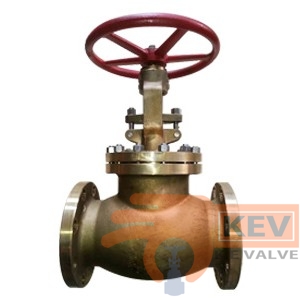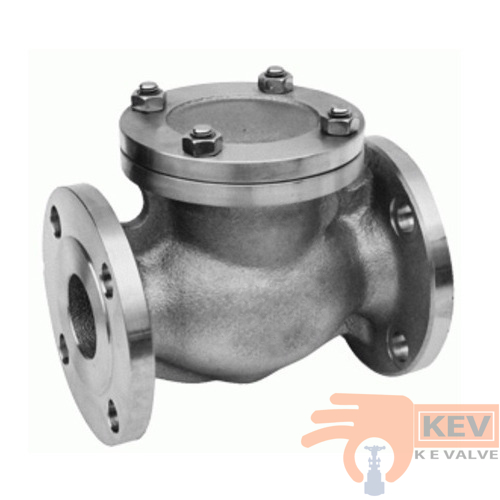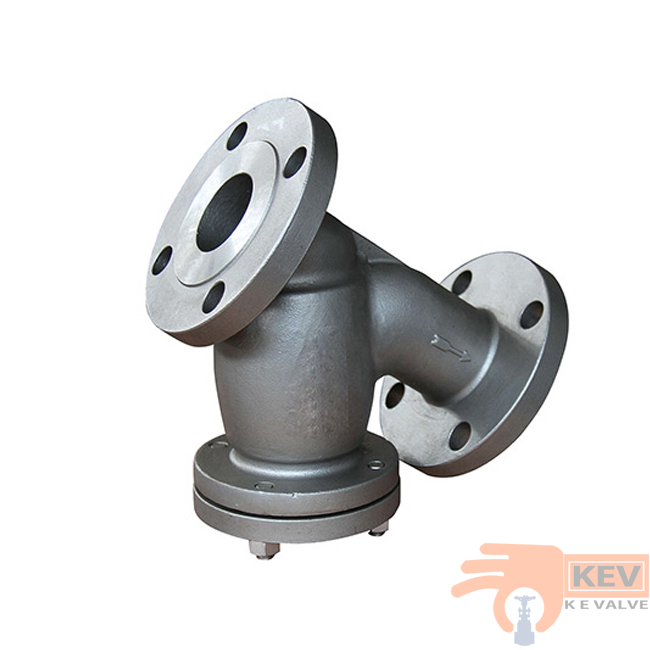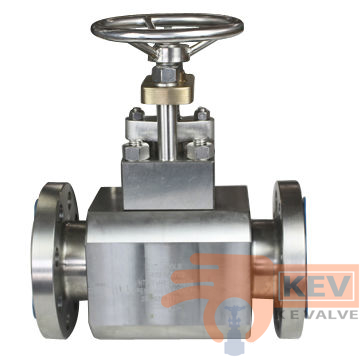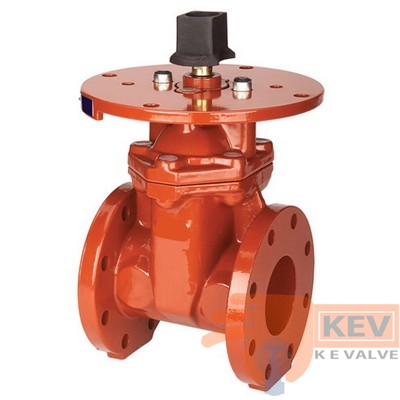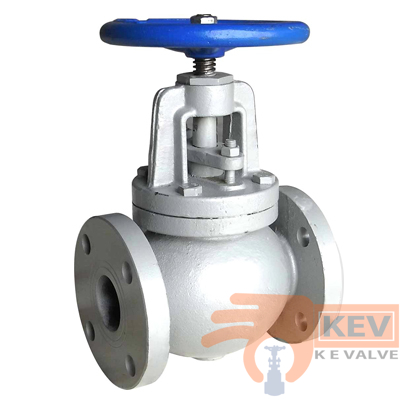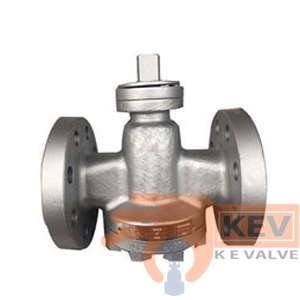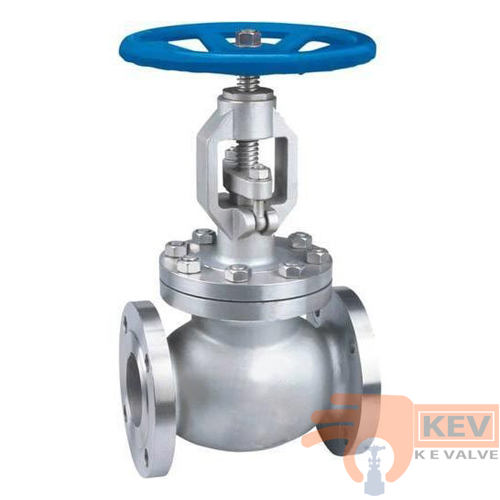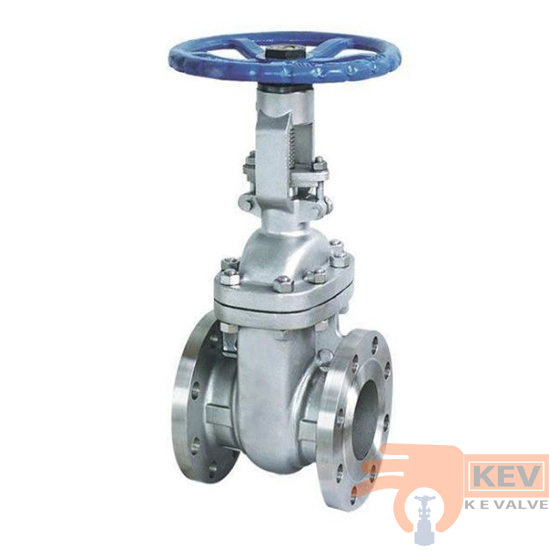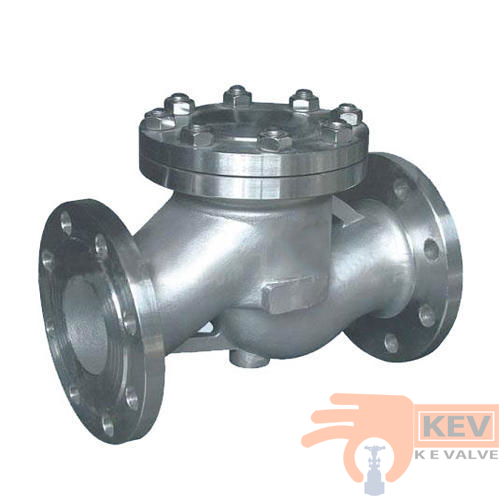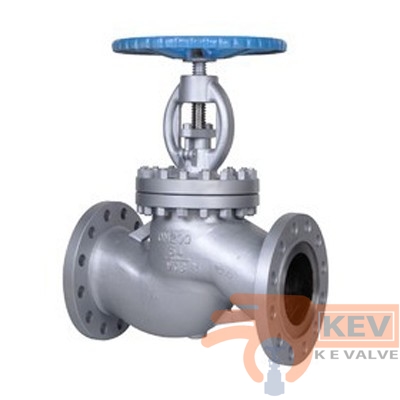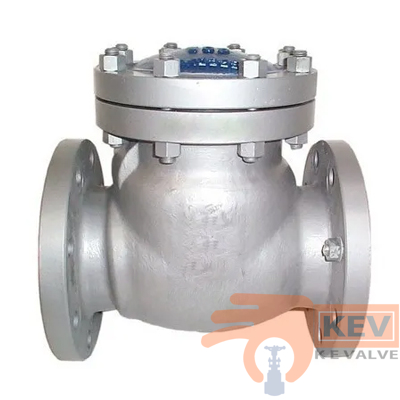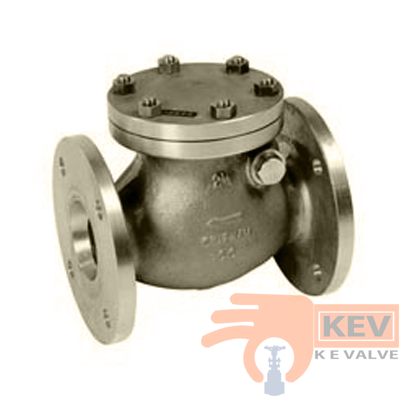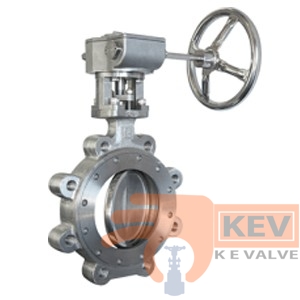The KE Valve Stockist supplies industrial titanium gate, globe, check, ball, butterfly, plug, needle and custom made valves.
As a valve stockist, we stock, supply and
distribute valves in exotic materials such as titanium, hastelloy,
duplex, super duplex, monel, incoloy, inconel, alloy 20, 254 SMO, 6
Moly,tantalum, zirconium, uranus, 904L both in stock and can also
deliver against tight lead times.
Physical properties
A metallic element, titanium is recognized for its
high strength-to-weight ratio. It is a strong metal with low density
that is quite ductile (especially in an oxygen-free environment),
lustrous, and metallic-white in color. The relatively high melting point
(over 1,649 °C or 3,000 °F ) makes it useful as a refractory metal.
Commercial (99.2% pure) grades of titanium have
ultimate tensile strength of about 63,000 psi (434 MPa), equal to that
of some steel alloys, but are 45% lighter. Titanium is 60% more dense
than aluminium, but more than twice as strong as the most commonly used
6061-T6 aluminium alloy. Titanium can be used for multiple reasons.
Certain titanium alloys (e.g., Beta C) achieve tensile strengths of over
200,000 psi (1380 MPa). However, titanium loses strength when heated
above 430 °C ( 800 °F ).
It is fairly hard although not as hard as some
grades of heat-treated steel, non-magnetic and a poor conductor of heat
and electricity. Machining requires precautions, as the material will
soften and gall if sharp tools and proper cooling methods are not used.
Like those made from steel, titanium structures have a fatigue limit
which guarantees longevity in some applications.
The metal is a dimorphic allotrope with the
hexagonal alpha form changing into the body-centered cubic (lattice)
beta form at 882 °C ( 1,619 °F ). The specific heat of the alpha form
increases dramatically as it is heated to this transition temperature
but then falls and remains fairly constant for the beta form regardless
of temperature.
Similar to zirconium and hafnium, an additional
omega phase exists, which is thermodynamically stable at high pressures,
but which may exist metastably at ambient pressures. This phase is
usually hexagonal (ideal) or trigonal (distorted) and can be viewed as
being due to a soft longitudinal acoustic phonon of the beta phase
causing collapse of (111) planes of atoms.
Chemical
The most noted chemical property of titanium is
its excellent resistance to corrosion; it is almost as resistant as
platinum, capable of withstanding attack by acids, moist chlorine in
water but is soluble in concentrated acids.
While the following pourbaix diagram shows that
titanium is thermodynamically a very reactive metal, it is slow to react
with water and air.
This metal forms a passive and protective oxide
coating (leading to increased corrosion-resistance) when exposed to
elevated temperatures in air, but at room temperatures it resists
tarnishing. When it first forms, this protective layer is only 1-2 nm
thick but continues to slowly grow; reaching a thickness of 25 nm in
four years.
Titanium burns in air when heated to 1200 °C (
2,200 °F ) and in pure oxygen when heated to 610 °C ( 1,130 °F ) or
higher, forming titanium dioxide. As a result, the metal cannot be
melted in open air as it burns before the melting point is reached, so
melting is only possible in an inert atmosphere or in vacuum. It is also
one of the few elements that burns in pure nitrogen gas (it burns at
800 °C or 1,472 °F and forms titanium nitride, which causes
embrittlement). Titanium is resistant to dilute sulphuric acid and
hydrochloric acid, along with chlorine gas, chloride solutions, and most
organic acids. It is paramagnetic (weakly attracted to magnets) and has
fairly low electrical and thermal conductivity.
Experiments have shown that natural titanium
becomes radioactive after it is bombarded with deuterons, emitting
mainly positrons and hard gamma rays. When it is red hot the metal
combines with oxygen, and when it reaches 550 °C ( 1,022 °F ) it
combines with chlorine It also reacts with the other halogens and
absorbs hydrogen.
Compounds
The +4 oxidation state dominates in titanium
chemistry, but compounds in the +3 oxidation state are also common.
Because of this high oxidation state, many titanium compounds have a
high degree of covalent bonding.
Star sapphires and rubies get their asterism from
the titanium dioxide impurities present in them. Titanates are compounds
made with titanium dioxide. Barium titanate has piezoelectric
properties, thus making it possible to use it as a transducer in the
interconversion of sound and electricity. Esters of titanium are formed
by the reaction of alcohols and titanium tetrachloride and are used to
waterproof fabrics.
Titanium nitride (TiN) is often used to coat
cutting tools, such as drill bits.[20] It also finds use as a
gold-colored decorative finish, and as a barrier metal in semiconductor
fabrication.
Titanium tetrachloride (titanium(IV) chloride,
TiCl4, sometimes called “Tickle”) is a colorless liquid which is used as
an intermediate in the manufacture of titanium dioxide for paint. It is
widely used in organic chemistry as a Lewis acid, for example in the
Mukaiyama aldol condensation. Titanium also forms a lower chloride,
titanium(III) chloride (TiCl3), which is used as a reducing agent.
Titanocene dichloride is an important catalyst for
carbon-carbon bond formation. Titanium isopropoxide is used for
Sharpless epoxidation. Other compounds include titanium bromide (used in
metallurgy, superalloys, and high-temperature electrical wiring and
coatings) and titanium carbide (found in high-temperature cutting tools
and coatings).
Isotopes
About 50 grades of titanium and titanium alloys
are designated and currently used, although only a couple of dozen are
readily available commercially.[41] The ASTM International recognizes 31
Grades of titanium metal and alloys, of which Grades 1 through 4 are
commercially pure (unalloyed). These four are distinguished by their
varying degrees of tensile strength, as a function of oxygen content,
with Grade 1 being the most ductile (lowest tensile strength with an
oxygen content of 0.18%), and Grade 4 the least (highest tensile
strength with an oxygen content of 0.40%). The remaining grades are
alloys, each designed for specific purposes, be it ductility, strength,
hardness, electrical resistivity, creep resistance, resistance to
corrosion from specific media, or a combination thereof.
The grades covered by ASTM and other alloys are
also produced to meet Aerospace and Military specifications (SAE-AMS,
MIL-T), ISO standards, and country-specific specifications, as well as
proprietary end-user specifications for aerospace, military, medical,
and industrial applications.
In terms of fabrication, all welding of titanium
must be done in an inert atmosphere of argon or helium in order to
shield it from contamination with atmospheric gases such as oxygen,
nitrogen, or hydrogen. Contamination will cause a variety of conditions,
such as embrittlement, which will reduce the integrity of the assembly
welds and lead to joint failure. Commercially pure flat product (sheet,
plate) can be formed readily, but processing must take into account the
fact that the metal has a “memory” and tends to spring back. This is
especially true of certain high-strength alloys. The metal can be
machined using the same equipment and via the same processes as
stainless steel.
Applications
Titanium is used in steel as an alloying element
(ferro-titanium) to reduce grain size and as a deoxidizer, and in
stainless steel to reduce carbon content. Titanium is often alloyed with
aluminium (to refine grain size), vanadium, copper (to harden), iron,
manganese, molybdenum, and with other metals. Applications for titanium
mill products (sheet, plate, bar, wire, forgings, castings) can be found
in industrial, aerospace, recreational, and emerging markets. Powdered
titanium is used in pyrotechnics as a source of bright-burning
particles.
Marine
Due to its high corrosion resistance to sea water,
titanium is used to make propeller shafts and rigging and in the heat
exchangers of desalination plants; in heater-chillers for salt water
aquariums, fishing line and leader, and for divers’ knives. Titanium is
used to manufacture the housings and other components of ocean-deployed
surveillance and monitoring devices for scientific and military use. The
former Soviet Union developed techniques for making submarines largely
out of titanium, which became both the fastest and deepest diving
submarines of their time.
Industrial
Welded titanium pipe and process equipment (heat exchangers,
tanks, process vessels, valves) are used in the chemical and
petrochemical industries primarily for corrosion resistance. Specific
alloys are used in downhole and nickel hydrometallurgy applications due
to their high strength titanium Beta C, corrosion resistance, or
combination of both. The pulp and paper industry uses titanium in
process equipment exposed to corrosive media such as sodium hypochlorite
or wet chlorine gas (in the bleachery). Other applications include:
ultrasonic welding, wave soldering, and sputtering targets.


